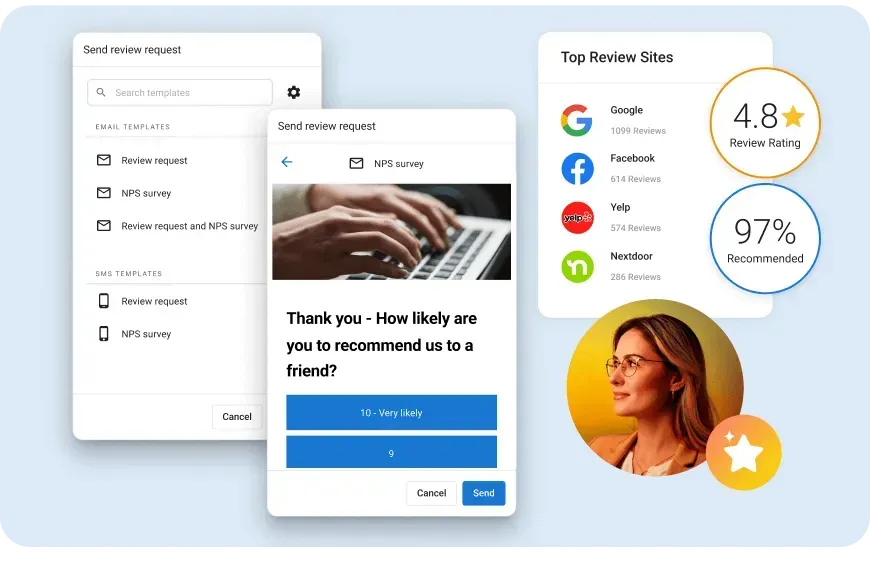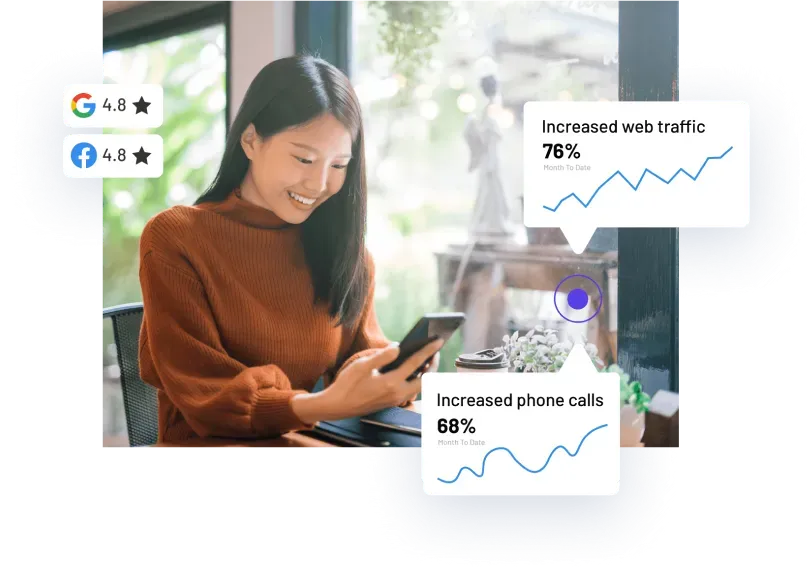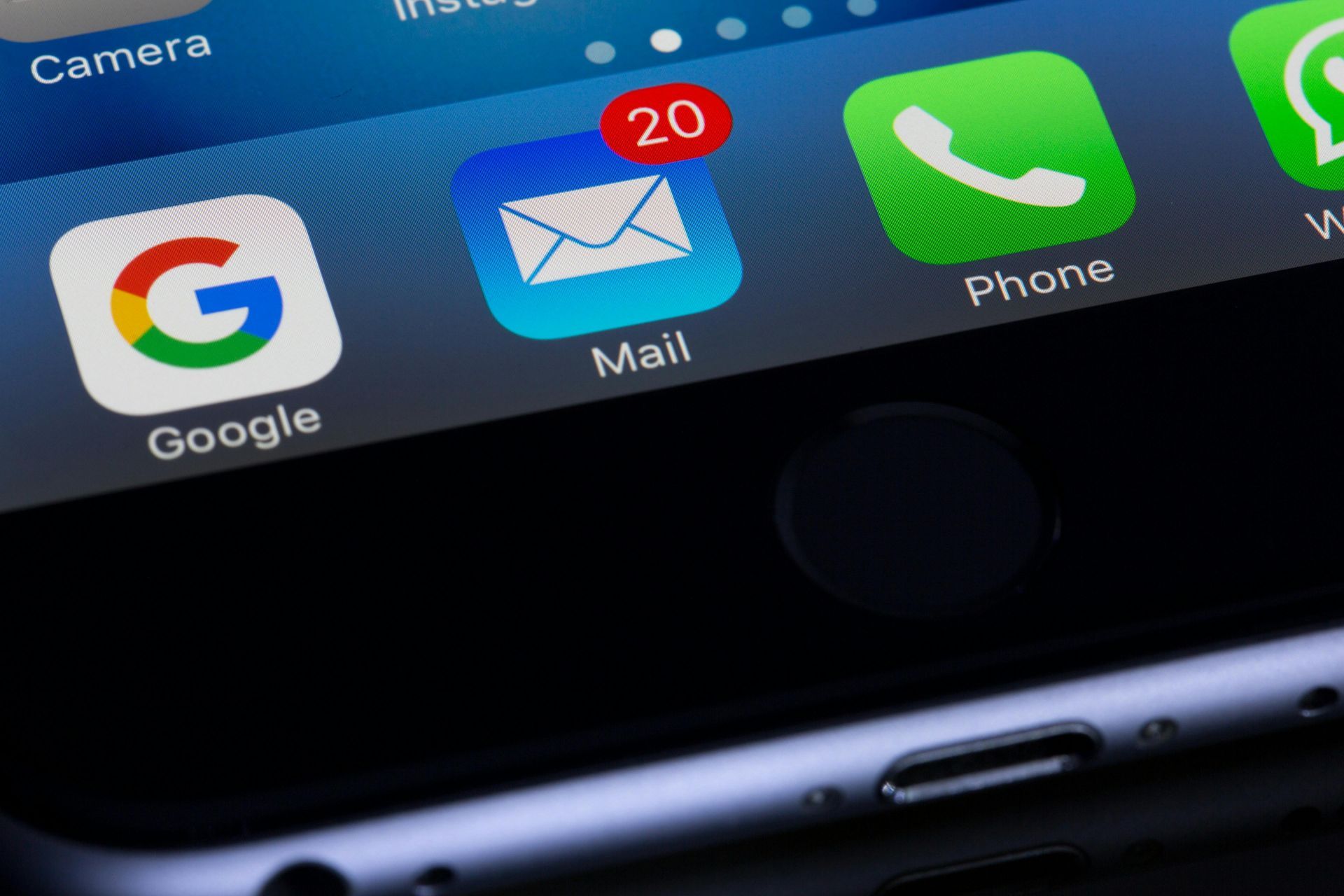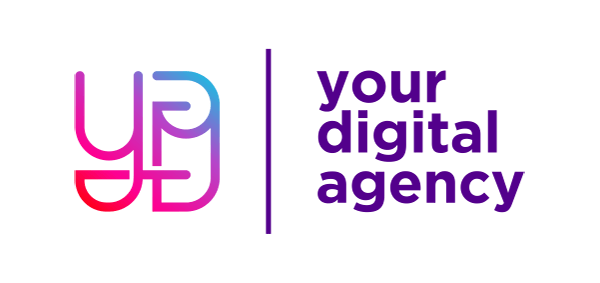DISCOVER TARGET AUDIENCES WITH THESE MARKETING STRATEGIES FROM GARTNER RESEARCH
Increasing number of challenges marketers face

The Gartner Marketing Symposium/Xpo 2019 in San Diego had experts talking about the increasing number of challenges marketers face these days as a result of audience and media segmentation, as well as fast-evolving consumer behaviours across different platforms.
Marketers are coping with the potential loss of target audiences because more and more people tend to buy through ads incorporated in their Netflix and Amazon Prime Video subscriptions. Then there's also the rising media prices and increasing number of competitors to deal with. To manage these growing challenges, Gartner, Inc. has offered the following three tactics to assist marketers in their identification and engagement with their target audiences.
Know the Nature of Your Audience
Defining your target audience with care does not stop at addressing the "who" part. Consider keeping in mind that responding to the "how," "when," and "where" is just as important. Try to keep a handle on the big picture, even if that is becoming increasingly hard to do with the digital clutter generated by the era of big data. Knowing the nature of your target audience more or less means embracing inclusiveness. Think, for example, in terms of how multiple audience segments can translate to higher number of views.
Don't lose track of the different ways with which your advertising campaigns can reach target audiences. You have your first-party data. You also have third-party data gathered from media panel sources, social media platforms, compiled files, as well as the tech tools at your disposal when you launch digital ads. While planning how and where to engage with the various audience segments you have, keep in mind these important factors for multimedia activation--privacy, portability, persistence of marketing messaging, scale of advertising campaign, and precision.
Branch Out and Harmonise Your Multimedia Marketing Plan
Your digital media plan must be well coordinated in terms of projected reach and frequency of ad deployments, otherwise you are simply wasting your limited marketing budget. After identifying your target audience, go through your media plan line by line. Pay attention to the areas where quick changes in consumer behaviour are normally reported, so you can adjust accordingly.
One example of a fast-changing dynamic is the TV viewing behaviour of consumers. The big-budget line items in your marketing plan, as well as the possible overlaps in the media used by your target audience, must also be carefully taken into account and scrutinised constantly.
Make Measurement Errors Part of Your Marketing Plan
You are going to make miscalculations and targeting misses, even with advanced analytics and inclusive audience segmentation. This means you need to make allowances for imperfect measurements right onto your marketing plan.
All in all, leverage resources you currently have, such as the in-built tech tools for your ads. Focus on key indicators, such as cost-per-incremental reach point. Because fluctuations in audience needs, demands, and preferences across media platforms are always going to affect even the most thoughtfully constructed marketing campaign.

AI-SocialPro was built for one purpose—to make social media easier, faster, and more professional for real businesses. We will create on-brand posts, design the visuals, format them and drop everything into a calendar you can review and approve in minutes. You stay in control. The heavy lifting happens for you. 🙌

Your customers are already talking. The question is—are you in the conversation? With our Business App + AI tools, you can finally take control of your online reputation without losing hours of your day. It’s smart, simple, and built for small business owners who want to grow (without the grind). Best of all, you can start FREE. Sign up here

Throughout this guide, we've explored how startups can use digital marketing to not only compete but excel, without the need for large budgets. From the targeted precision of email marketing to the expansive reach of social media, these tools provide a foundation for robust online engagement. Google's suite of tools enhances visibility and insights, while content marketing establishes your brand's authority and connects deeply with your audience.

In the fast-paced world of customer service, AI-powered chatbots are making significant strides, enhancing the way businesses interact with their customers. These tools are reshaping customer engagement, offering solutions that are immediate and increasingly personalized. Yet, one might wonder, can a machine truly understand and adapt to the diverse needs of customers?

Have you ever wondered how the simple act of speaking to a device could fill your shopping cart? Voice-activated shopping is a rapidly growing trend that's reshaping how we buy. With 27.4% of consumers already using intelligent assistants for their purchases, it's clear that this technology is establishing a significant presence.

This article explores the essential strategies for building and nurturing an online community that aligns with your brand’s values and business goals. How do you identify the right audience, and what platforms best host your budding community? These questions are pivotal as we explore the art of community engagement.

This guide explores practical strategies for safeguarding and enhancing your brand's reputation, ensuring it remains resilient against the ever-changing digital backdrop. What role does social media play in shaping how potential clients see you, and how can you turn sustainability into a compelling narrative for your audience?



















